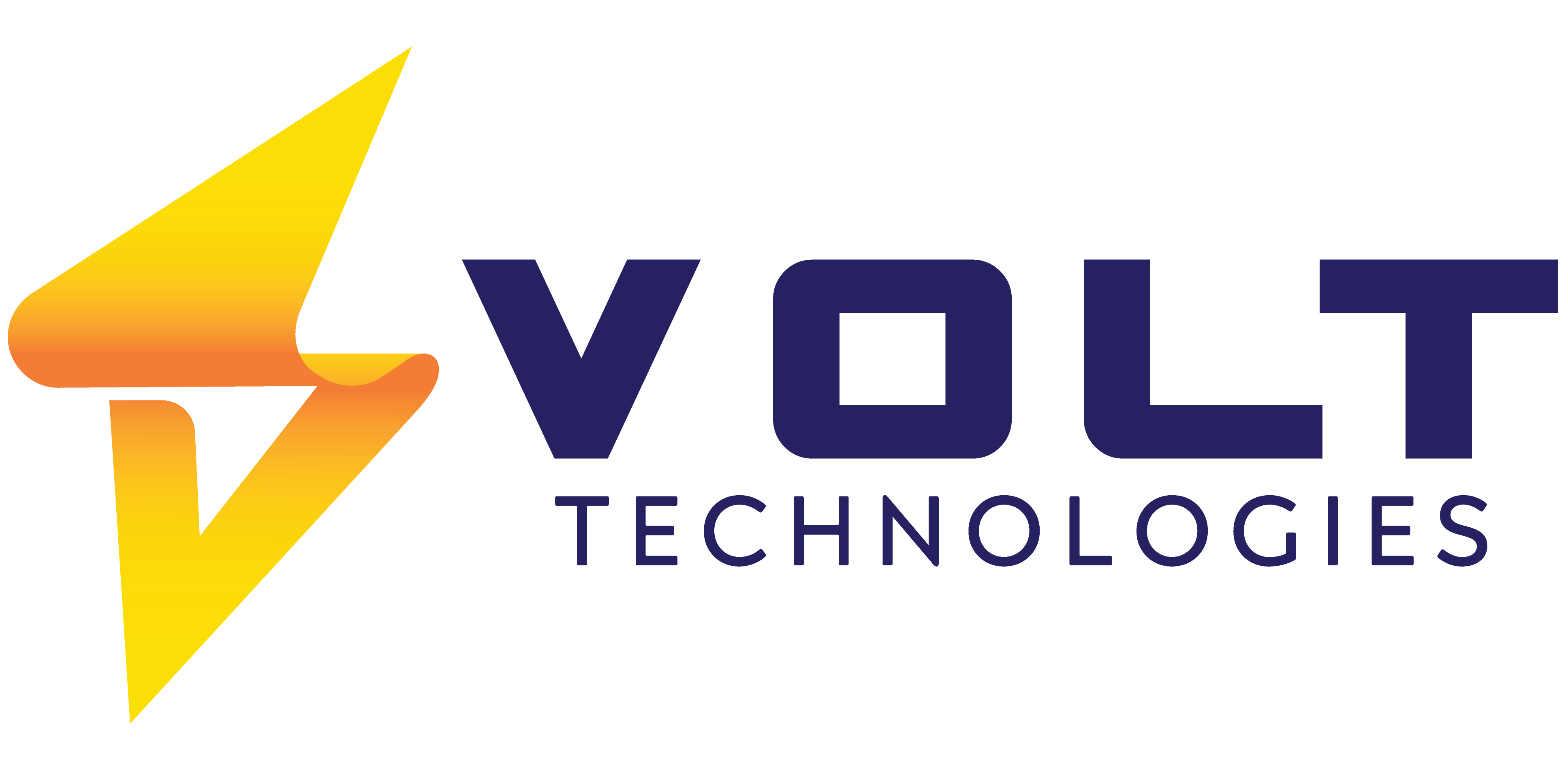Breaking Down Silos: Unifying Finance and Operations


Microsoft Dynamics 365 | Simplify your IT footprint and make decisions faster.
- October 20, 2025
Introduction
In today’s rapidly changing business environment, breaking down silos between finance and operations is no longer optional, it’s essential. When financial data lives in spreadsheets and operational workflows run on separate systems, leaders lose the visibility needed to make confident, data-driven decisions. That’s where ERP for finance and operations steps in, providing a single, unified platform that connects every part of your organization.
By unifying finance and operations through an integrated ERP solution like Microsoft Dynamics 365 Business Central, small and mid-sized businesses can eliminate redundant processes, automate reporting, and gain real-time insight into performance. This alignment empowers leaders to react quickly to market shifts, control costs more effectively, and enhance collaboration across departments.
According to a 2024 Gartner report, businesses that unify financial and operational data see an average 35% increase in process efficiency and 25% improvement in financial reporting accuracy. These numbers highlight a clear reality, success today depends on end-to-end visibility and integration.
At Volt Technologies, we help growing companies move beyond disconnected tools by implementing modern finance and operations ERP solutions that drive accuracy, agility, and growth. As a trusted Microsoft Dynamics 365 Partner, Volt specializes in Business Central deployments designed to simplify workflows and connect financial insight with operational execution.
Breaking Down Silos: Unifying Finance and Operations
Introduction
In today’s rapidly changing business environment, breaking down silos between finance and operations is no longer optional, it’s essential. When financial data lives in spreadsheets and operational workflows run on separate systems, leaders lose the visibility needed to make confident, data-driven decisions. That’s where ERP for finance and operations steps in, providing a single, unified platform that connects every part of your organization.
By unifying finance and operations through an integrated ERP solution like Microsoft Dynamics 365 Business Central, small and mid-sized businesses can eliminate redundant processes, automate reporting, and gain real-time insight into performance. This alignment empowers leaders to react quickly to market shifts, control costs more effectively, and enhance collaboration across departments.
According to a 2024 Gartner report, businesses that unify financial and operational data see an average 35% increase in process efficiency and 25% improvement in financial reporting accuracy. These numbers highlight a clear reality, success today depends on end-to-end visibility and integration.
At Volt Technologies, we help growing companies move beyond disconnected tools by implementing modern finance and operations ERP solutions that drive accuracy, agility, and growth. As a trusted Microsoft Dynamics 365 Partner, Volt specializes in Business Central deployments designed to simplify workflows and connect financial insight with operational execution.
Why Disconnected Finance and Operations Hurt Business Performance
In many small and mid-sized businesses, finance and operations teams work in isolation. Finance focuses on budgets, forecasts, and compliance, while operations handles production, inventory, and customer delivery. The result? Data silos, fragmented systems that make it hard to see the full picture of business performance.
These silos lead to inefficiencies, reporting delays, and missed opportunities. When financial systems don’t sync with operational data, cash flow visibility suffers, decision-making slows, and leadership teams are forced to rely on outdated or incomplete reports. Over time, this disconnect reduces agility and impacts profitability.
According to PwC’s 2024 Digital Operations Survey, nearly 67% of businesses identify disconnected finance and operations as their biggest barrier to achieving real-time performance visibility. This lack of integration often results in duplicated work, inconsistent data, and strategic misalignment across departments.
By contrast, organizations that embrace finance and operations integration through modern ERP systems gain a unified view of performance across departments. Real-time access to accurate data allows leaders to spot inefficiencies, predict market shifts, and make informed, data-driven decisions.
An integrated business management system like Microsoft Dynamics 365 Business Central helps remove these silos by connecting core processes, from budgeting and procurement to inventory and delivery, into one cohesive platform. This unified approach doesn’t just improve reporting accuracy; it fosters stronger collaboration and operational transparency.
Businesses that unify financial and operational data using ERP platforms achieve 20–25% faster month-end closing and 30% better forecasting accuracy (Source: Deloitte ERP Insights Report, 2024).
The Role of ERP in Unifying Finance and Operations
Modern businesses need more than spreadsheets and manual workflows to stay competitive, they need systems that connect every department under one digital roof. This is where ERP for finance and operations becomes transformative. A unified ERP solution bridges the gap between accounting, production, and supply chain management, ensuring that financial insights align seamlessly with day-to-day operational performance.
How ERP Connects Finance, Operations, and Data
When finance and operations function in silos, leaders struggle to answer critical questions: What’s our true cost of goods sold? Which products are most profitable? Where are resources being underutilized?
A robust finance and operations integration platform, such as Microsoft Dynamics 365 Business Central, provides real-time data synchronization across departments. It allows CFOs, operations managers, and department heads to access consistent metrics, from cash flow and purchasing to inventory and fulfillment, all within one system.
With centralized data, decision-making becomes proactive rather than reactive. Leaders can track KPIs, forecast more accurately, and automate recurring processes that previously required manual coordination.
This mindset perfectly captures what Volt Technologies delivers through Business Central, a system that empowers SMBs to make faster, smarter, and more connected decisions.
Benefits of a Unified ERP System
Implementing a unified ERP system goes beyond technology, it’s a cultural shift toward transparency, collaboration, and agility.
- End-to-End Business Visibility: Gain a complete view of your financial health, operations, and inventory in real time.
- Streamlined Workflows: Reduce duplication and eliminate manual reconciliations with automated processes.
- Data Accuracy: One source of truth minimizes human error and enhances reporting confidence.
- Faster Decision-Making: Access performance insights instantly to respond to business changes with precision.
According to McKinsey’s 2024 Digital Acceleration Study, companies that adopt a unified ERP system experience up to 28% higher operational efficiency and 40% faster reporting cycles compared to those relying on disconnected systems.
For small and mid-sized businesses, Microsoft Dynamics 365 Business Central offers an affordable yet powerful path toward unified financial and operational control, without the complexity of enterprise-scale ERP systems.
Practical Steps to Break Down Silos and Drive Integration
Breaking down silos between finance and operations isn’t just a technology project, it’s a transformation of how data, people, and processes work together. To successfully achieve finance and operations integration, organizations should follow a structured approach that blends strategy, technology, and change management.
Step 1: Assess Your Current Workflows
Before adopting an ERP solution, businesses need to identify where silos exist. Are financial reports delayed due to manual reconciliations? Do operations teams struggle to share data with accounting?
Conducting a workflow audit helps uncover inefficiencies and determine which systems or departments are disconnected. This step lays the groundwork for choosing the right ERP for finance and operations, one that bridges gaps instead of adding complexity.
Step 2: Choose the Right ERP Platform
Once pain points are identified, selecting the right ERP system is crucial. For small and mid-sized businesses, Microsoft Dynamics 365 Business Central stands out as an ideal solution. It provides a unified platform to manage finance, operations, sales, and inventory in real time, all while offering scalability and cloud flexibility.
As a trusted Microsoft Dynamics 365 Partner, Volt Technologies specializes in guiding SMBs through this process, ensuring seamless finance and operations integration that aligns with long-term goals.
Step 3: Ensure Data and Team Alignment
Technology alone can’t break silos, collaboration can. Successful ERP implementation depends on aligning teams across finance, operations, and IT.
Encourage cross-department collaboration by:
- Defining shared KPIs that connect financial outcomes to operational performance.
- Conducting joint training sessions to build ERP proficiency across roles.
- Establishing a feedback loop to continuously refine workflows post-integration.
When teams share the same goals and have access to the same data, they make faster and more confident decisions. This is how Volt Technologies helps organizations achieve true digital transformation for SMBs, connecting people, processes, and technology for measurable results.
Why Choose Volt Technologies for Finance and Operations Integration
Selecting the right partner for ERP for finance and operations implementation can define the success of your digital transformation. It’s not only about deploying software, it’s about aligning technology with business goals, ensuring user adoption, and driving measurable ROI.
At Volt Technologies, we specialize in unifying finance and operations for small and mid-sized businesses through Microsoft Dynamics 365 Business Central. As a certified Microsoft Dynamics 365 Partner, Volt has helped numerous SMBs transition from disconnected systems to a unified ERP platform that delivers real-time financial and operational insights.
Our Approach
- Strategic Discovery: We begin with a comprehensive analysis of your current workflows to understand bottlenecks and integration gaps.
- Tailored Implementation: Volt’s consultants configure Business Central to align perfectly with your finance and operations processes, avoiding over-customization and complexity.
- Seamless Integration: We connect your ERP with existing systems (CRM, inventory, or logistics) to create an end-to-end business visibility
- Ongoing Support: From go-live to post-implementation, Volt ensures your teams are trained, supported, and confident using your new ERP system.
By choosing Volt Technologies, you’re not just investing in software, you’re partnering with experts who understand the intersection of finance, operations, and technology.
Volt’s Business Central implementations enable SMBs to modernize reporting, automate workflows, and improve collaboration across departments, helping them scale efficiently and sustainably.
Frequently Asked Questions (FAQs)
1. What is ERP for finance and operations?
ERP for finance and operations is an integrated software solution that connects financial management, operations, supply chain, and reporting within a single platform. It provides real-time visibility into business performance and helps streamline workflows across departments.
2. How does Microsoft Dynamics 365 Business Central unify finance and operations?
Microsoft Dynamics 365 Business Central integrates data from accounting, sales, procurement, and inventory, offering a unified view of your organization. It automates manual processes, improves reporting accuracy, and enhances collaboration between finance and operations teams.
3. Why do data silos hurt business performance?
When finance and operations systems are disconnected, data becomes fragmented, leading to inefficiencies, reporting errors, and poor decision-making. Breaking down these business silos ensures accuracy, agility, and stronger alignment across departments.
4. What are the benefits of finance and operations integration for SMBs?
For small and mid-sized businesses, integration delivers faster reporting, cost control, real-time analytics, and improved forecasting. Unified ERP systems also enable data-driven decision-making and reduce manual workload.
5. How can Volt Technologies help with ERP implementation?
As a Microsoft Dynamics 365 Partner, Volt Technologies provides end-to-end ERP consulting, implementation, and training. We tailor Business Central to your business needs, ensuring a smooth transition, improved visibility, and measurable ROI.
Conclusion
In today’s fast-paced business environment, success depends on how well finance and operations work together. Disconnected systems create inefficiencies, while unified ERP platforms foster collaboration, accuracy, and insight.
By breaking down silos with a modern ERP for finance and operations, businesses gain a single source of truth that connects every process, from budgeting to delivery. The result? Smarter decisions, faster growth, and long-term agility.
At Volt Technologies, we help small and mid-sized businesses achieve this transformation with Microsoft Dynamics 365 Business Central, a powerful, cloud-based ERP that unifies finance, operations, and data under one roof.
Ready to unify your business?
Contact Volt Technologies today to learn how we can help integrate your finance and operations into a single, connected ERP system.
